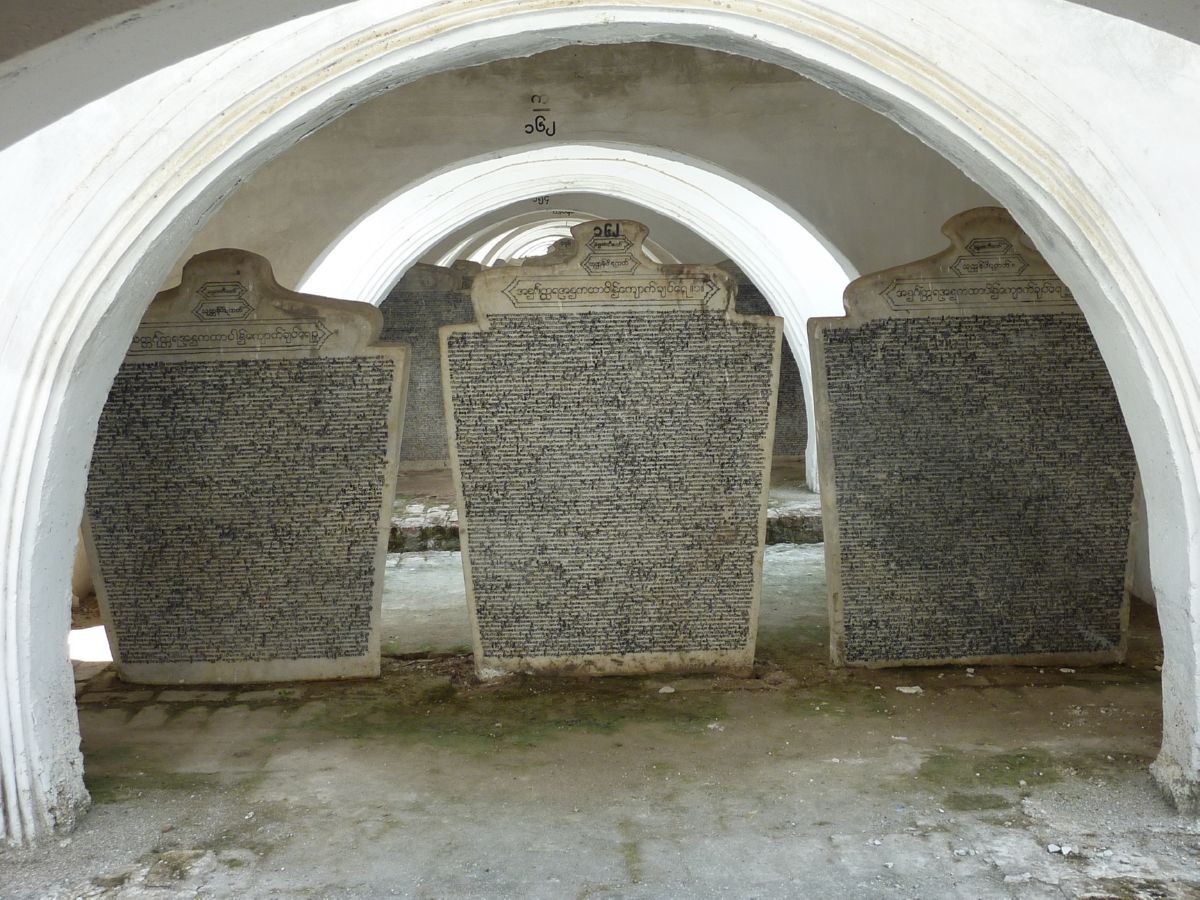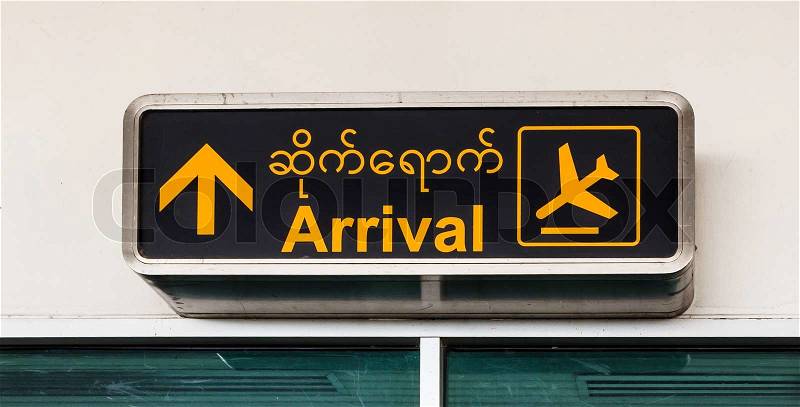After we moved to
the neighborhood we live in now, I noticed the population here is fairly
divided between working class whites, blacks, and Hispanics. However, there is
one group I’ve noticed growing over the past 5-6 years: Burmese. My kids’
doctor’s office has signs in English, Spanish, and Burmese. There are car
dealerships whose signs are written in Burmese. There is at least one
restaurant I’ve come across serving Burmese food – where I first tasted Burmese
tea! According to the refugee report by the Indiana State Department of Health,
Burmese refugees have made up nearly 80% of the refugees coming into Indiana
since 2007 with the majority settling in Indianapolis and Fort Wayne.
Ok, so let’s talk
about the name. Because what’s in a name anyway? I grew up calling this country
Burma. It was pretty easy to pronounce. The name Burma was derived from the
term “Bamar,” which was the term for the casual form of their country name,
named after one of the larger ethnic groups. Officially, they called their
country Myanmar, which was the formal form. There are several ways I’ve seen it
pronounced, but I think it’s pronounced “MEE-an-mar” by the BBC and “MYAN-mah”
by the locals (both of which are different than how I’ve always pronounced it
as “MY-an-mar”). On the surface, it doesn’t seem that big of a deal to change
their name, but because it was forced by a military government at the time,
there are some ill feelings by some, and there are some who still refuse to
recognize it.
Myanmar is located
in Southeast Asia. It shares a small border with Bangladesh to the west, a
larger one with India to the west, China to the northeast, Laos to the east,
and Thailand to the southeast. It also has a significant shoreline along the
Andaman Sea and the Bay of Bengal. Myanmar is subject to annual monsoons and
experiences rainy and dry seasons. Plus, there are regions of the country that
receive more rain than others.
 |
| Burmese Independence |
There is evidence
showing that people moved into this area roughly 750,000 years ago. There were
also many developments in their communities throughout the Bronze and Iron
Ages, adapting technologies and cultural habits from nearby India and Thailand
along the way. City-states began popping up, and quite a few changes took place
between 1000-1500. Certain city-states grew, like Pagan (yes, it’s actually the
name of the city), and eventually grew into the Pagan Kingdom (which sounds
like an evangelical’s worst nightmare). As the Khmer Empire grew, these two
would be the major empires in this area of the world until the Pagans fell to
the Mongols. Buddhism was introduced and spread across the area. There were
some efforts aimed at unification during the 1600s, mainly orchestrated by the
Taungoo Empire. However, the 1700s and 1800s brought a series of wars between
Myanmar and its neighbors (along with fighting the British and French to add
variety). Concerned about the formation of French Indochina, the British took
control of Myanmar. As the British East India Company spread its holdings
across Myanmar, Indians began pouring into the country as well. There was a
general disrespect for Burmese culture, which led to resentment and conflicts.
Buddhist monks became the face of the resistance movement. Just before WWII,
they began looking at independence, but then Japan occupied the country during the
war. They did gain their independence in 1948 and renamed themselves the Union
of Burma. Statesman U Thant served as the third Secretary General to the UN for
ten years. However, in 1962, Myanmar was taken over by a military coup d’état,
turning it into a Soviet-influenced form of socialism. For almost the next 30
years, there would be numerous demonstrations and protests throughout the
country, some ending in violence. In 1990, Aung San Suu Kyi won 80% of the
seats, but the military refused to budge like a toddler who doesn’t want to go
to bed. She was placed under house arrest for 15 of the last 21 years (she was
released in 2010), gaining notoriety as a political prisoner. Her party won the
2015 elections, and she’s won numerous peace and freedom awards.
The capital city is
Naypyidaw, sometimes spelled Naypyitaw. Officially, it’s written as Nay Pyi
Taw. It literally means “seat of the king” or more broadly, “royal capital.” As
a capital city, it’s fairly young; the capital was moved to Naypyidaw in 2005
perhaps because it’s more centrally located (even though it may be just a
guess). Previously, the capital was in Yangon, formerly known as Rangoon (this
name change happened when the country name changed). Today, the city has a
number of shopping centers, museums, entertainment options, parks and gardens
as well as schools and universities, and public transportation.
 |
| Jade from Myanmar |
Myanmar’s lack of
up-to-date infrastructure, lack of educated workers, and inflation contribute
to it being one of the poorest countries in Southeast Asia. Energy shortages
are common, and the country relies on help from its neighbors and foreign
investment. Rice cultivation is their top agricultural product, but they’re
also among the largest producers of opium. Many gems and precious stones, like
jade, rubies, pearls, and sapphires, come from Myanmar. However, the working
conditions are so appalling that some companies won’t accept gems from Myanmar
(it’s nice to see they might have an inkling of human feelings, but not quite enough
to hold them accountable or help in other ways). Tourism has grown some in
recent years, but it’s pretty limited to just the big cities. Good luck getting
around the country with sub-par infrastructure and police/military check point inspections.
Although there are
several religions present in Myanmar, Buddhism is by far the largest, with
nearly 88% of the population. And within Buddhism, Theravada Buddhism is the
most common. A smaller following of Christians and Muslims are also found in
Myanmar. Other religions, like Hinduism and Judaism and others, are represented
in the larger cities.
Myanmar is a
multi-ethnic country, and because of that, there are multiple languages spoken
here. It’s estimated that nearly a hundred languages are spoken here, although
there may be many that are only spoken by a dwindling number of people, if not
bordering on extinction. The official language is Burmese, a language that is
related to Chinese and Tibetan. Other minority languages include Shan, Karen,
Kachin, Chin, and Mon-Khmer. English is the most common second language.
 |
| World's Largest Book |
If you’ve ever
traveled outside of the United States, one thing you’ll notice is that
everything is measured in the metric system. Most of the world uses this system
except for three countries: the US, Liberia, and Myanmar. So, you know, we’re
not the only ones holding out on metrics (but, why???). And no matter which
system you measure it, Myanmar is home to the world’s largest book: Located in
Kuthodaw Pagoda in Mandalay, it has 1460 pages and 730 leaves where each page
is about 3 ½ ft wide by 5 ft tall by 5 inches thick! You know, just some light
reading.
Up next: art and
literature





No comments:
Post a Comment